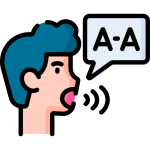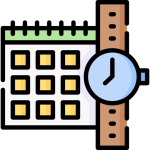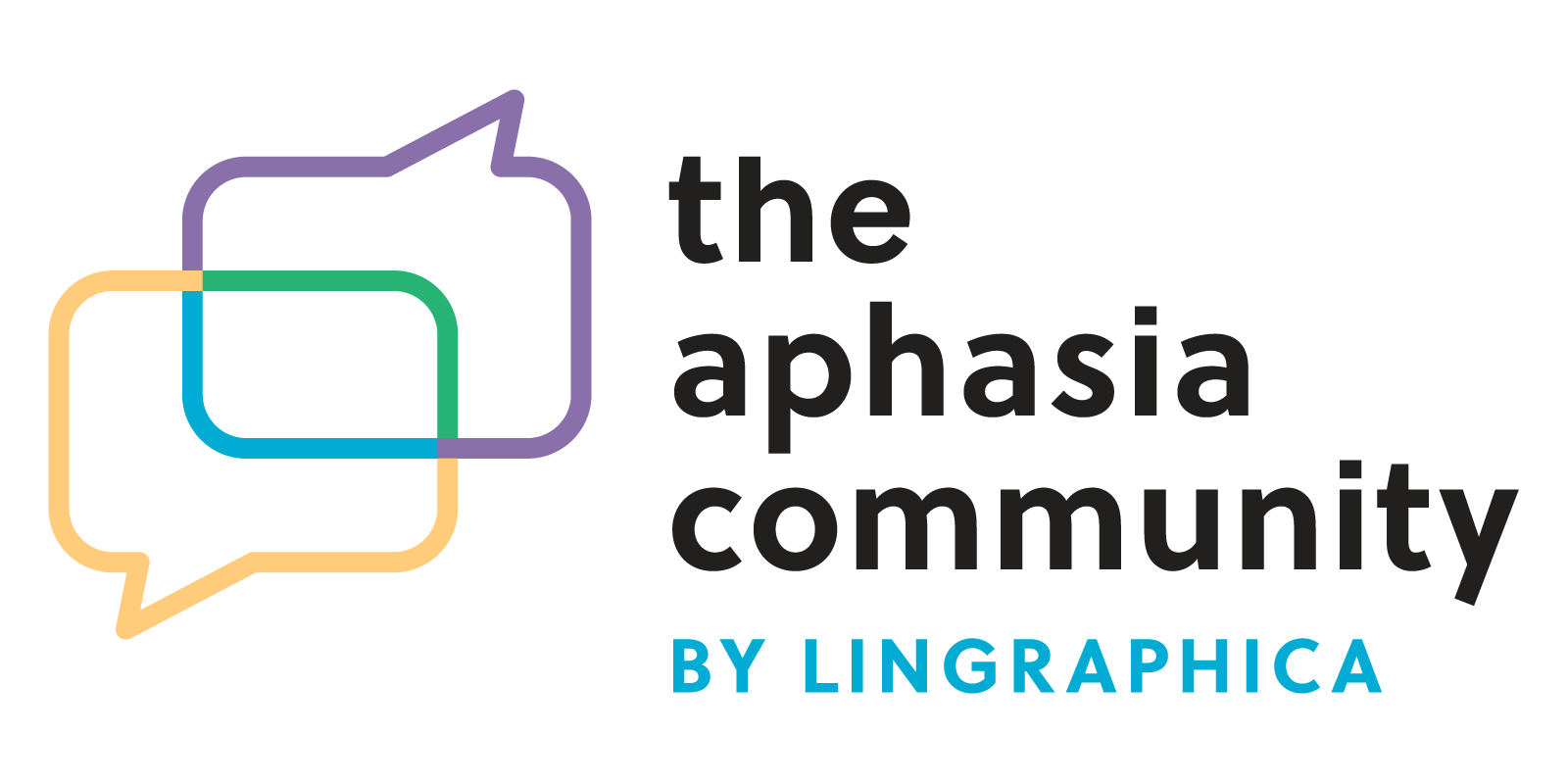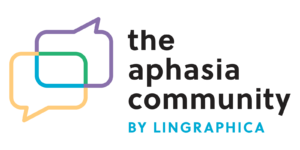Improving Speech After A Stroke
Communicating with aphasia is a challenging experience. People with aphasia and their families usually have questions like “When will my speech get better?” “What can I do to help improve my speech?”
The first question is difficult to answer because there are so many factors. Many people see a lot of recovery right after stroke. This is called the spontaneous recovery phase. The good news, and the answer to the second question, is that there is a lot you can do to make the most of this recovery period and beyond.
The best resource for specific strategies is a speech-language pathologist (SLP). An SLP can assess your strengths and weaknesses in communication. The SLP can then provide treatments and strategies that are specific to you, your type of aphasia, and your communication goals.
The most important thing you can do to improve speech following a stroke is to work hard and follow your SLP’s suggestions. Ask your SLP for homework that you can work on between sessions. This might be speech activities, a practice app like TalkPath Therapy, or reading and writing exercises. Just like physical exercise, the more you practice, the better your brain can recover. During this time, your brain is rebuilding neural pathways to connect words to their meanings. The more practice you give your brain, the easier it is for your brain to make the new connections.
If everyday communication is difficult for you, one option is an augmentative and alternative communication (AAC) device which is also referred to as a speech-generating device (SGD). This is a tool that combines pictures, written words, and spoken words to help you communicate. It is also a tool to help you improve your speech. Some people are concerned that using an SGD will make their recovery slower because they are not focusing on speaking. However, research actually shows the opposite.
Because an SGD provides multi-modal input to your brain, using it can actually help you recover your language skills. It also provides an auditory model that you can practice repeating. In some ways, it is like a walker for speaking. Some people are not able to walk on their own, but with the help of a walker, they are able to get around. Similarly, some people with aphasia cannot come up with words on their own. However, once they see the picture on the device or hear the device say the word, then they are able to say it.
Although no one can say for sure how much you will improve or how long it will take, remember that there are a lot of strategies you can use to help you improve. And, improvements can continue for years following a stroke with effort, motivation, and the help of an SLP.
Rehabilitation and Therapy

Your Role in Therapy & Rehabilitation

Preventing a Future Stroke

Post-Stroke Concerns

Improving Speech After a Stroke


